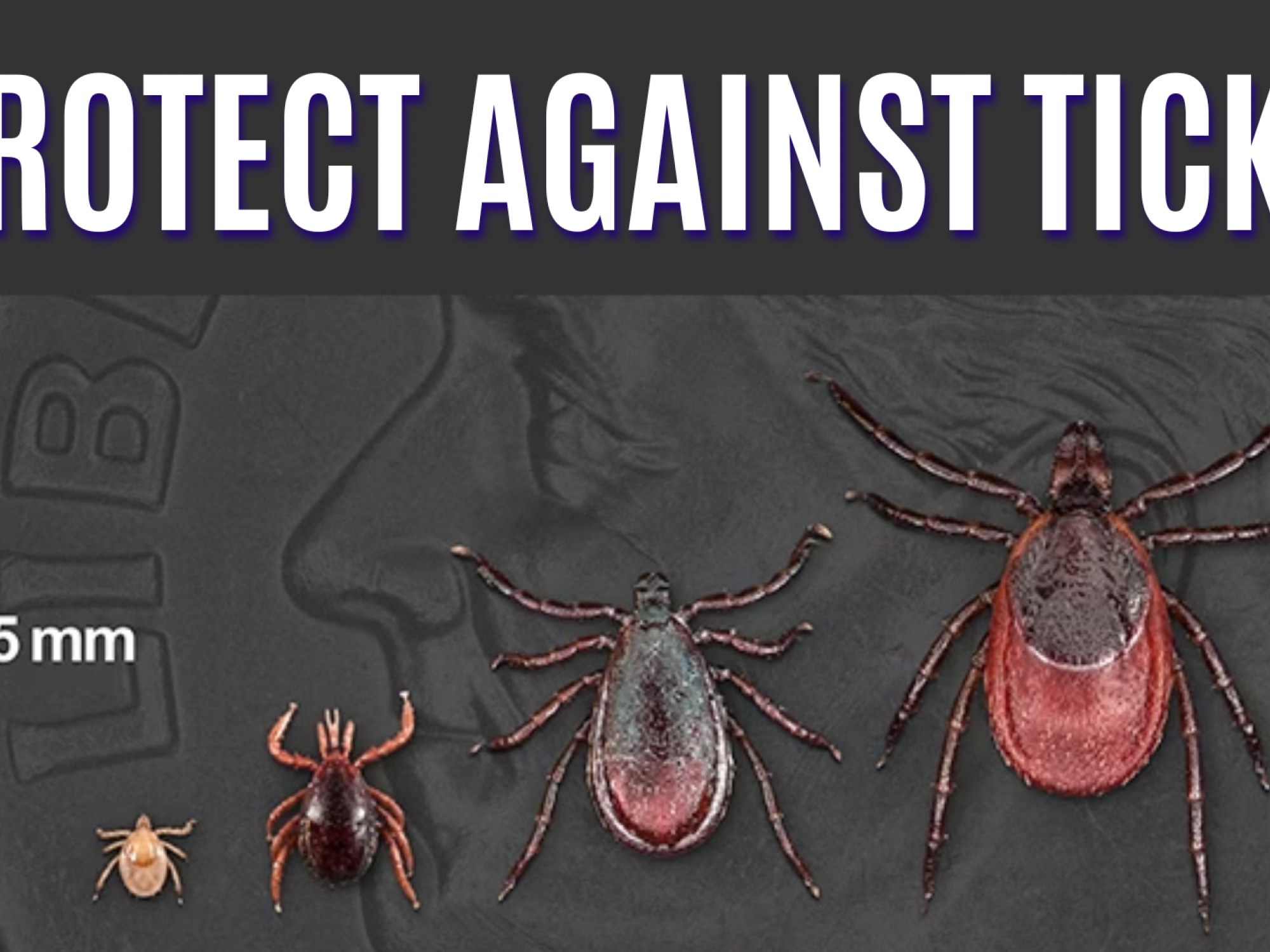MAYVILLE, NY – Warmer weather is upon us and it is a great time of year to get outside and explore the natural beauty of our community, the Chautauqua County Health Department encourages residents to take precautions while enjoying outdoor activities to prevent tick bites.
May is Lyme Disease Awareness Month and as part of their work to prevent disease, promote wellness and protect the health and safety of the community, the Health Department recommends checking for and properly removing ticks, understanding the symptoms of Lyme disease and knowing when to call your medical provider.
“Not all ticks cause disease and not all tick bites will make you sick, but it's important to learn how to prevent a bite, how to remove a tick and what to do if you think you were exposed to a tick-borne disease,” said Jessica Wuerstle, Director of Environmental Health.
Lyme disease has more than doubled in Chautauqua County since 2014. Lyme disease is caused by the bacterium Borrelia burgdorferi and can be spread to humans when an infected blacklegged tick (also known as a “deer tick”) attaches to a human. According to the Centers for Disease Control and Prevention, typically a tick must be attached for more than 36 hours to be able to transmit the Lyme disease causing bacterium; so it is important to check for and remove ticks as soon as possible after an outdoor adventure.
Deer ticks live in shady, moist areas at ground level. They cling to tall grass, brushes and shrubs, usually no more than 18-24 inches off the ground. They also live in lawns and gardens, especially at the edges of forested areas and around old stone walls. Ticks cannot jump or fly onto a person; they wait in vegetation and cling to animals or humans that pass by. Once a tick gets on the skin, it generally climbs upward until it reaches a warm, protected area of the body.
If you spend time outdoors, please take the following steps to protect yourself:
• Wear light-colored clothing with a tight weave to spot ticks easily.
• Wear enclosed shoes, long pants and a long-sleeved shirt. Tuck pant legs into socks or boots and shirts into pants.
• Check clothes and exposed skin frequently for ticks while outdoors.
• Consider using insect repellent that contains DEET, picaridin or oil of lemon eucalyptus. Follow the label directions when using repellents and apply in small amounts, avoiding contact with the eyes, nose or mouth.
• Stay on open, well-traveled trails. Walk in the center of trails and avoid dense wooded and bushy areas.
• Avoid sitting directly on the ground or on stone walls.
• Keep long hair tied back.
• Bathe or shower as soon as possible after going indoors (preferably within two hours) to wash off and more easily find ticks that may be on you.
• Do a final, full-body tick check at the end of the day (remember to check children and pets) and remove ticks quickly.
Left to right size comparison of deer tick life stages over a dime: larva, nymph, adult male, adult female
If you find an attached tick, remove it immediately, preferably with fine point tweezers. Grasp the tick as close to the skin as possible and firmly pull the tick straight out.
Depending on how long the tick was attached, a one time dose of antibiotic may be prescribed to prevent Lyme disease. Contact your healthcare provider as soon as possible to discuss possible treatment options, especially if you do not know how long a tick was attached or if the tick is engorged with blood.
If you develop symptoms of Lyme disease (listed below), you should seek medical attention as soon as possible.
If you are bitten by a tick carrying the Lyme disease bacteria you may develop a rash that looks like a bullseye; this rash occurs in 70-80% of people infected with the bacteria. Other early signs and symptoms include fever, chills, headache, fatigue, muscle and joint aches, and swollen lymph nodes may occur in the absence of rash. Long-term Lyme disease symptoms vary and are similar to other illnesses. Tell your medical provider if you spend a lot of time outdoors and may have experienced a tick bite.
The Chautauqua County Health Department cannot test ticks to determine if they are carrying bacteria or viruses that cause disease.
For more information, visit www.health.ny.gov/diseases/communicable/lyme or www.cdc.gov/lyme/index.html.
About Chautauqua County Health Department - The Chautauqua County Health Department is the leading Public Health organization in Chautauqua County dedicated to the support of the community’s health. The Health Department takes innovative approaches to provide technical assistance to partner organizations, and offers various programs and services in order to help prevent disease, protect the public’s health and promote our community’s overall health and wellness. For more information visit www.HealthyCHQ.com.


